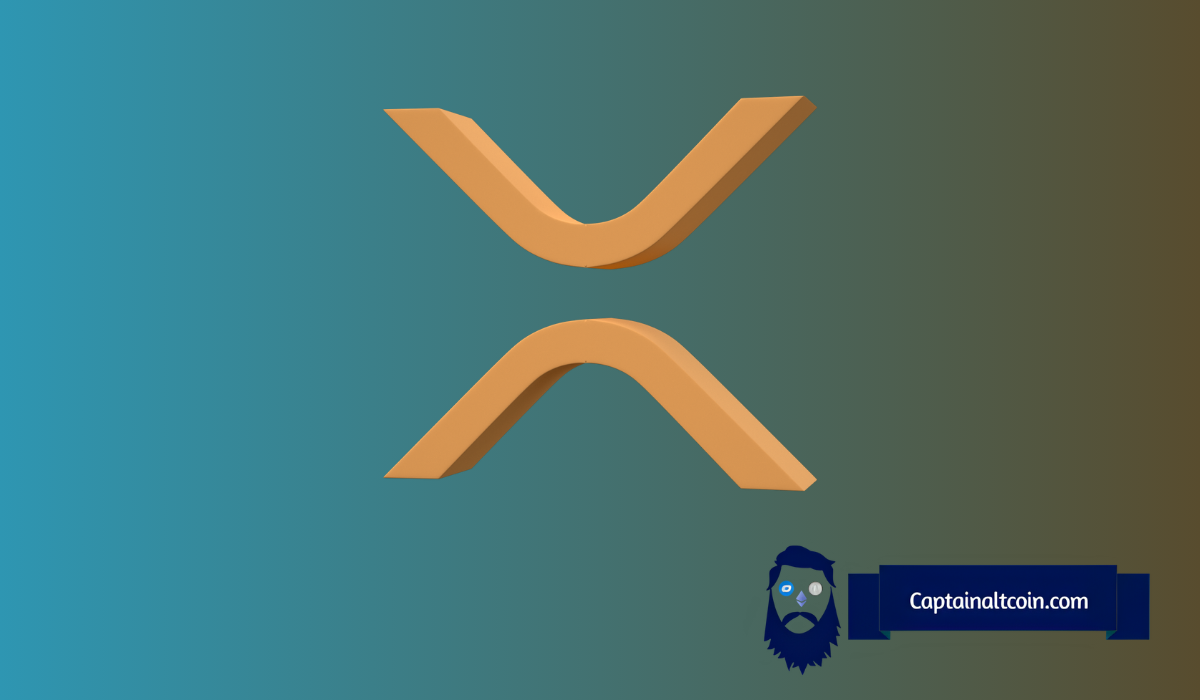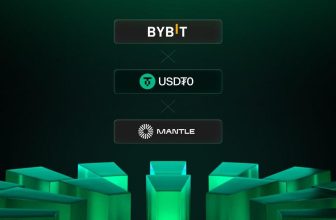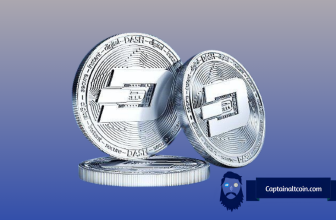
The gap that shapes the purpose behind XRP sits at the center of a much larger challenge. A token built to make global transfers simple for anyone carries meaning in a world where a lot of adults still cannot move money freely, instantly, or affordably. That reality gives the mission behind XRP its weight.
A post shared by TheCryptoBasic on X brought this vision back into clear view through a question that reaches beyond speculation. What happens to the XRP price if Ripple succeeds in helping millions of unbanked people access financial services for the first time? This article explores that idea by examining XRP’s mission, the scale of potential adoption, and the thought experiment that outlines a surprising price target.
What you'll learn 👉
How Ripple and XRP Could Change Global Payments
A huge share of the current XRP price story comes from its role as a bridge asset. The XRP token was created to speed up global transactions and remove slow, expensive settlement systems. Ripple’s On-Demand Liquidity service shows how this vision works at scale. Banks no longer rely on pre-funded accounts to move money across borders. Liquidity becomes available instantly through the XRP Ledger, and transfers settle within seconds. That shift helps reduce high costs that have blocked access for millions.
A look at the numbers shared in TheCryptoBasic post paints a clearer picture. About 1.3 billion adults still live without a bank account or mobile money service. Around 650 million of them come from just eight countries that struggle with expensive, slow remittance channels.
Traditional transfers take days and charge 6.4% on average, with some routes crossing 10% to 20%. Ripple’s system cuts foreign exchange costs by 40% to 70% and lowers settlement costs by 60%. Faster and cheaper payments unlock a path for underserved communities that cannot afford traditional channels.
Ripple’s technology also connects directly to mobile money systems that already serve regions with limited banking access. Services like M Pesa, Airtel, MTN, and platforms powered by partners such as Thunes and Flutterwave help money reach users who only rely on digital wallets. Examples from Japan, where SBI Remit uses ODL to send funds to the Philippines and Thailand through coins.ph, show how fast remittances change daily financial life.
These pieces fit into a far bigger story around the Ripple token and how adoption affects the Ripple price. TheCryptoBasic post explored this idea and asked a question many holders have wondered about for years. How high could the XRP token rise if Ripple’s vision succeeds on a global scale?
Why Banking the Unbanked Matters for the XRP Price
A broad push toward financial access could reshape demand for the XRP token in a dramatic way. TheCryptoBasic referenced a thought experiment shared through Google Gemini that imagined an optimistic path where everything works in favor of adoption. The scenario suggested that half of the unbanked population, roughly 650 million people, could eventually use systems supported by the XRP Ledger.
Financial institutions running those systems would likely need XRP reserves to provide liquidity for constant transfers. High-volume microtransactions, remittances, and cross-border flows would rely on XRP as the bridge asset. A world where millions interact with financial services for the first time through Ripple-powered infrastructure sets up a unique pricing question. Liquidity demands shape how much XRP institutions hold, and increased utility could influence market value.
XRP currently trades around $2.21 with a circulating supply near 60 billion tokens. A large-scale success story would not guarantee a rally. It would simply create new conditions around usage. Gemini imagined a situation where XRP supports financial inclusion at a scale that rivals major global networks. That vision placed XRP at a market cap of $10 trillion, which would give the XRP token a price of $166.67.
If this vision expands, greater adoption could positively impact the XRP price. At the moment, XRP trades around $2.21, with about 60 billion tokens in circulation. However, how high the price could go remains uncertain.
— TheCryptoBasic (@thecryptobasic) November 27, 2025
To explore this, we asked Google Gemini for an analysis.… pic.twitter.com/8EU5mrbC2M
How Ripple Adoption Shapes the Ripple Price Story
A scenario like that requires global coordination, favorable regulation, widespread trust, reliable infrastructure, and continued performance on the XRP Ledger. Nothing about it feels automatic. Everything depends on real adoption, not wishful thinking. Even so, the outline offered by TheCryptoBasic gives the XRP community something more grounded to consider. Adoption always drives long-term value far more than hype.
Read Also: ZEC ETF Hype Isn’t Enough: Why Zcash Still Risks a Crash to $100
XRP’s purpose has always centered on connecting people and institutions across borders. Microtransactions that cost a fraction of traditional fees could change how families send money home. Smaller local businesses gain access to payment systems that once belonged only to banks. Human movement, migration, and economic participation become easier when money moves in seconds instead of days. Ripple’s network tries to make those possibilities normal.
The XRP price conversation often drifts into short-term charts and reactions to news. A vision shaped around inclusion feels far more meaningful. Liquidity on demand simplifies life for millions. Systems that eliminate pre-funded accounts remove costs that hurt low-income users most. These are the conditions that could shape the long-term story of the Ripple token.
Subscribe to our YouTube channel for daily crypto updates, market insights, and expert analysis.








